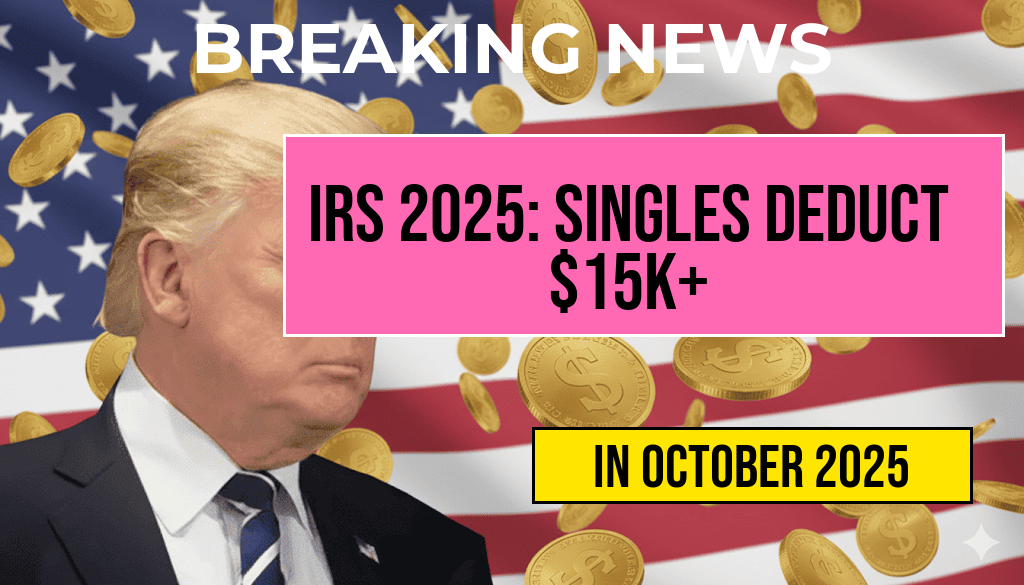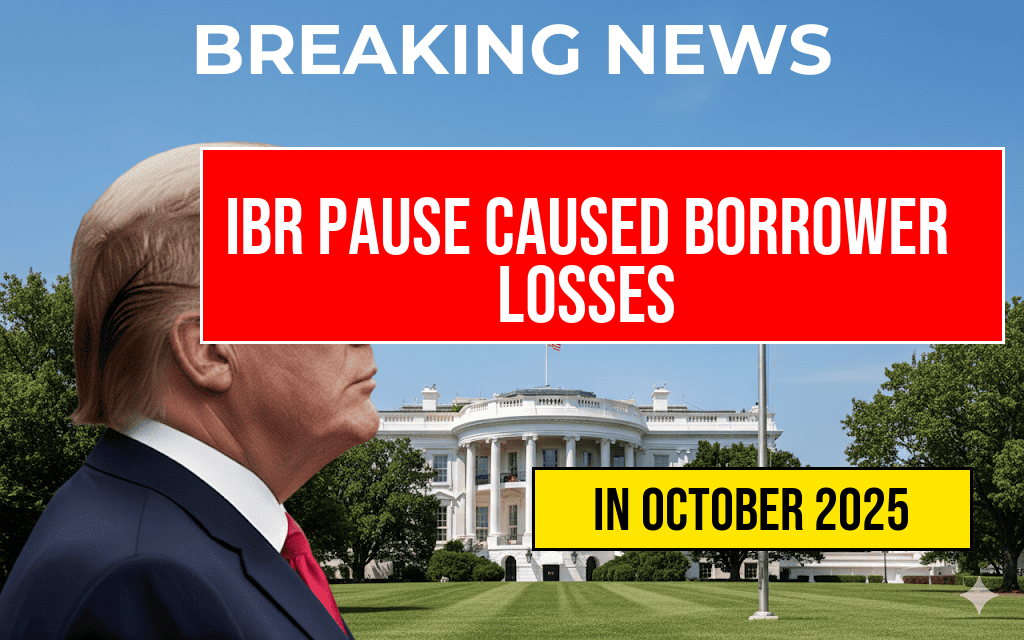The IRS has announced significant inflation adjustments for the 2025 tax year, notably increasing the standard deduction for single filers to over $15,000. This adjustment means individuals can potentially deduct more from their taxable income, leading to substantial tax savings—potentially exceeding $1,650 depending on their tax rate. These changes reflect ongoing efforts by the IRS to account for inflation, which erodes the real value of tax thresholds and deductions over time. As taxpayers prepare for the upcoming filing season, understanding these adjustments is crucial for effective tax planning and maximizing deductions. The increased standard deduction could impact millions of Americans, particularly those who do not itemize their deductions, simplifying their tax filing process while providing meaningful financial benefits.
Understanding the Inflation Adjustment for 2025
The IRS annually updates key tax figures to reflect inflation, aiming to keep the tax system aligned with economic changes. For 2025, the standard deduction for single filers will rise to $15,200, up from approximately $13,850 in 2024. This increase is part of a broader set of adjustments, including exemptions and income brackets, designed to prevent taxpayers from facing “bracket creep”—an inflation-related increase in taxable income that pushes taxpayers into higher brackets without real income growth.
Why the Standard Deduction Matters
The standard deduction reduces taxable income, thereby decreasing the overall tax liability. For taxpayers who do not itemize expenses such as mortgage interest, charitable contributions, or medical costs, the standard deduction offers a straightforward way to lower taxes. An increase to over $15,000 means more Americans can benefit from this simplified approach and potentially lower their tax bills significantly.
Potential Savings Based on Tax Rates
| Tax Rate | Tax Savings on $15,000 Deduction | Approximate Dollar Value |
|---|---|---|
| 10% | Tax reduction of $1,500 | $1,500 |
| 12% | Tax reduction of $1,800 | $1,800 |
| 22% | Tax reduction of $3,300 | $3,300 |
| 24% | Tax reduction of $3,600 | $3,600 |
| 32% | Tax reduction of $4,800 | $4,800 |
| 35% | Tax reduction of $5,250 | $5,250 |
| 37% | Tax reduction of $5,550 | $5,550 |
For a single filer in the 22% bracket, a $15,200 deduction could save approximately $3,300 in taxes. Those in higher brackets, such as 32% or 37%, could see savings exceeding $4,800 or $5,550 respectively. This demonstrates how inflation-related increases in the standard deduction directly translate into tangible financial benefits, especially for middle- and upper-income taxpayers.
Broader Implications for Tax Planning
The inflation adjustments are expected to influence how many Americans approach their tax strategies in 2025. Taxpayers who previously itemized deductions might find it more advantageous to take the standard deduction with the increased amount, simplifying their filing process. Conversely, those with significant deductible expenses may still itemize if those expenses surpass the standard deduction amount.
Impact on Itemized Deductions
- Higher standard deduction might lead some taxpayers to forgo itemizing, reducing the complexity of filings.
- Itemized deductions could still be beneficial if they exceed the new standard deduction, especially for homeowners or those with sizable medical or charitable expenses.
- Taxpayers should reassess their financial situations annually, as the increased deduction could influence their optimal filing method.
Additional Changes and Considerations
Alongside the standard deduction, other inflation-adjusted figures for 2025 include:
- Brackets for income taxes, which determine the rates applied to different income levels
- Contribution limits for retirement accounts, such as IRAs and 401(k)s
- Limits on health savings accounts (HSAs) and flexible spending accounts (FSAs)
Taxpayers are encouraged to review updated IRS guidance and consult financial professionals to optimize their tax planning strategies for 2025. Staying informed about these adjustments ensures taxpayers can maximize deductions and minimize liabilities, especially as inflation continues to erode the purchasing power of fixed thresholds over time.
Resources for Taxpayers
- IRS official website on inflation adjustments for 2025
- Overview of standard deduction on Wikipedia
- Tax planning tips from Forbes
Frequently Asked Questions
Question
What is the IRS inflation adjustment for 2025 regarding the single filers’ deduction?
Question
How much can single taxpayers deduct in 2025 due to the inflation adjustment?
Question
How does the deduction amount in 2025 potentially save taxpayers $1,650 or more?
Question
What is the significance of the deduction threshold increasing to over $15,000 for singles?
Question
How can taxpayers benefit from understanding the inflation adjustment when planning their 2025 taxes?






